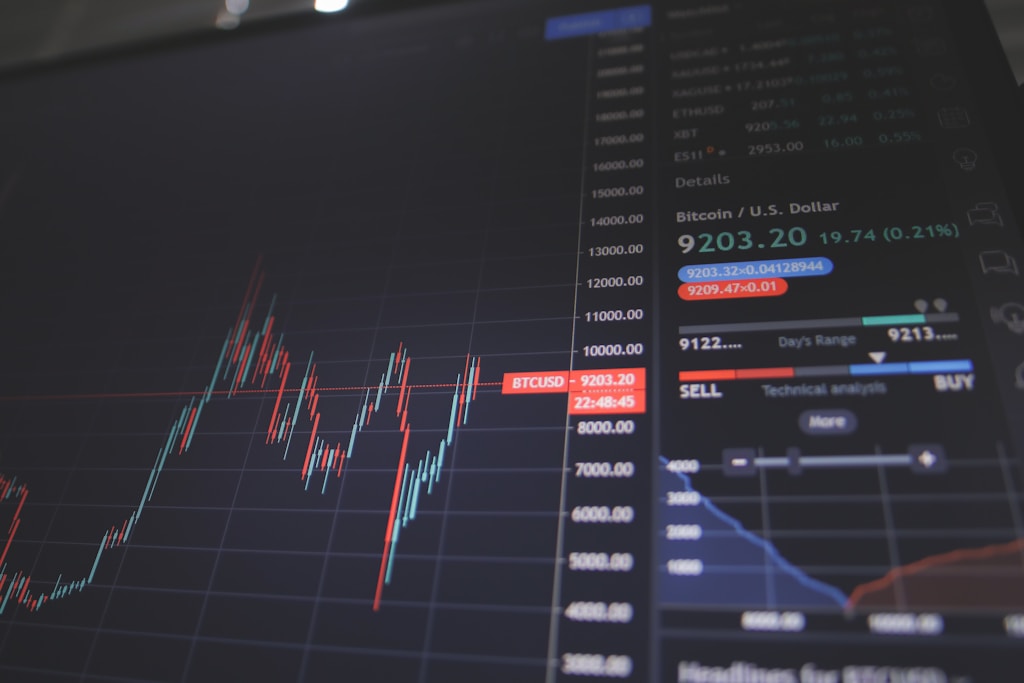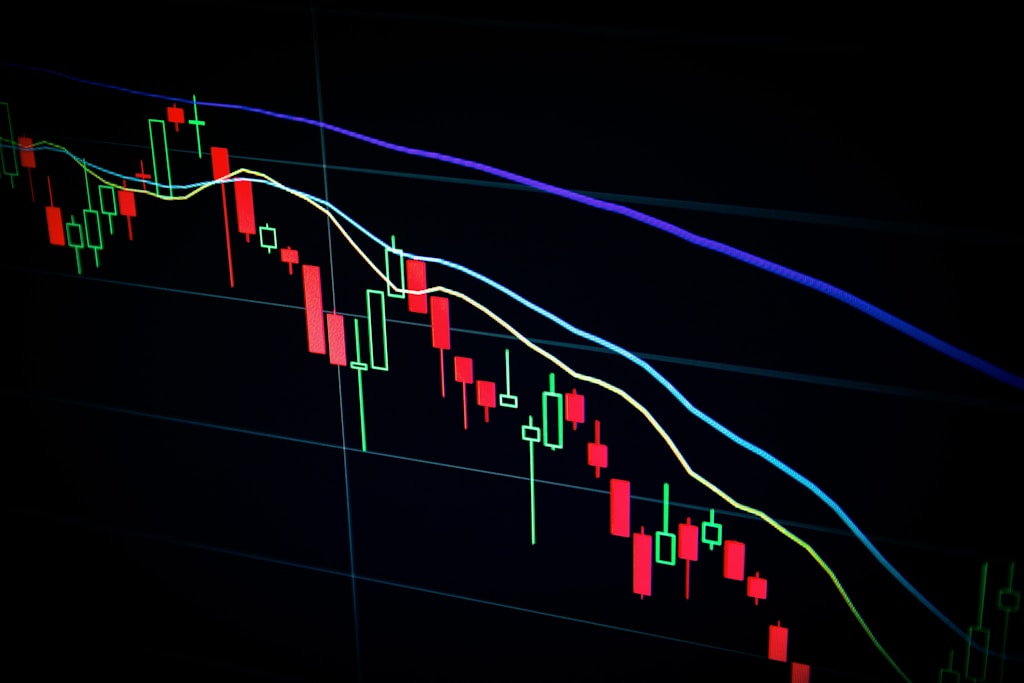Leading cryptocurrency exchange HTX marks a significant milestone as its community platform turns three, showcasing the evolving landscape of Web3 engagement and content creation. The anniversary celebration, occurring alongside major industry events like Bitcoin Pizza Day, highlights the platform’s growing influence in the digital asset ecosystem.
HTX Community’s Three-Year Journey
Since its inception in 2022, the HTX Community has emerged as a vital hub for cryptocurrency enthusiasts, traders, and content creators. The platform’s growth coincides with the broader expansion of Web3 technologies and decentralized communities, demonstrating the increasing importance of user-generated content in the crypto space.
Key Achievements and Milestones
- Development of innovative content creation tools
- Establishment of a robust reward system for community contributors
- Integration of Web3 technologies for enhanced user engagement
- Creation of specialized educational resources for crypto traders
Impact on Web3 Content Creation
The HTX Community platform has played a crucial role in democratizing crypto content creation and fostering meaningful discussions around digital assets. This development comes at a time when crypto ETFs are surging past traditional gold ETF growth rates, indicating growing mainstream adoption of digital assets.
Future Outlook and Development
Looking ahead, HTX Community plans to introduce new features and capabilities to enhance user experience and content quality. These developments aim to support the platform’s mission of fostering educated and engaged crypto communities.
Frequently Asked Questions
Q: What makes HTX Community unique in the crypto space?
A: HTX Community combines content creation tools with Web3 technology, offering users both educational resources and earning opportunities.
Q: How does the platform reward content creators?
A: Content creators receive rewards through a transparent system based on engagement metrics and community value contribution.
Q: What role does Web3 technology play in the platform?
A: Web3 technology enables decentralized content ownership, transparent reward distribution, and enhanced user interaction features.





